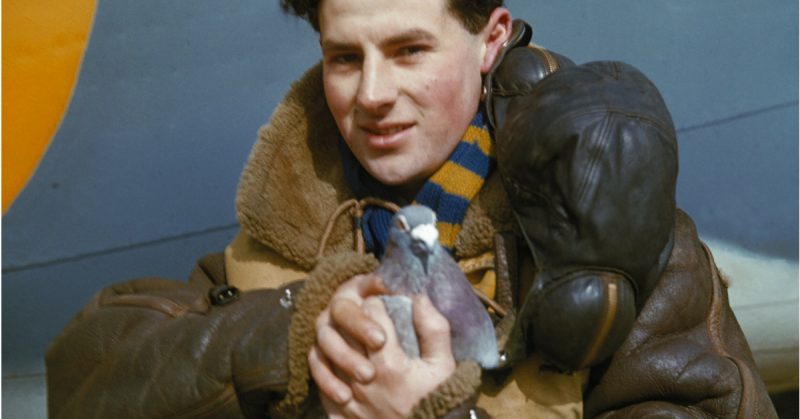When discussing World War II, the campaigns most often mentioned include Operation Barbarossa, Operation Drumbeat, Operation Overlord, etc.
Rarely does Operation Columba enter the conversation.
Operation Columba (the scientific word for a genus of pigeon) was set up in Great Britain in the early 1940s to send messages with homing pigeons. Over one thousand messages were transported by the birds that were donated by both British and American bird keepers until a breeding program started to produce a ready supply.
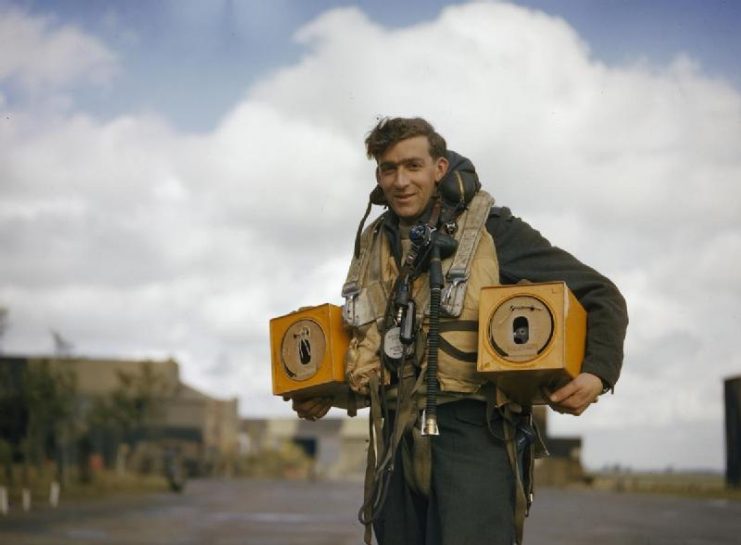
The birds were dropped in small containers attached to a parachute into occupied Europe. Locals who found the birds sent messages back advising of the status of the Germans in their locality. Many of the pigeons flew over four hundred miles to deliver their secrets.
According to a 1943 report, the majority of the pigeons were dropped in northern France. In 1941, six hundred and ninety birds were dropped, with one hundred and fifty returned, and of those, eighty-two brought back messages.
In 1942, two thousand and forty-four were dropped and two hundred and seventy-six came back with one hundred and forty-six messages. In 1943, five thousand eight hundred and fourteen were dropped, six hundred and thirty-four returned and three hundred and sixty-six messages were delivered.
Some challenges faced by the program were weather, large predators such as hawks, and capture by Nazi sympathizers.
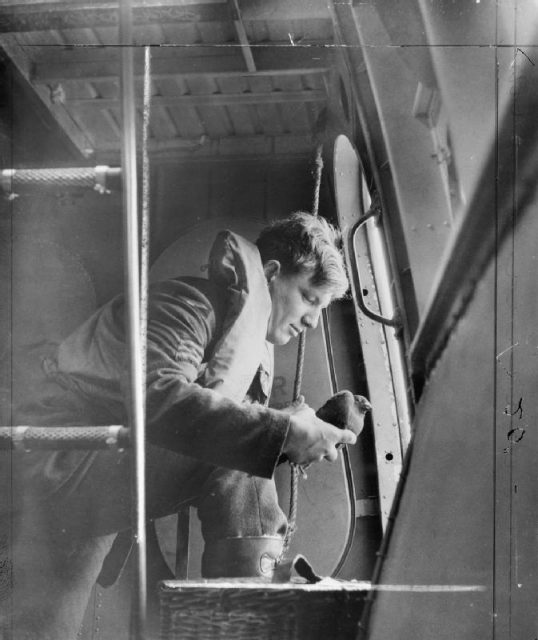
The Germans were fully aware of the Allied use of pigeons and were outraged that the Allies were so easily penetrating their territory and giving civilians the chance to resist. Proclamations were sent out stating that keeping unknown pigeons amounted to espionage and the penalty, if caught, was death – which only served to encourage more pigeon keepers.
In 1944, a pigeon by the name of Lucia di Lammermoor was released and captured by the Germans. When she returned to the Allied troops, she was carrying a message that read, To the American Troops: Herewith we return a pigeon to you. We have enough to eat. —The German Troops.
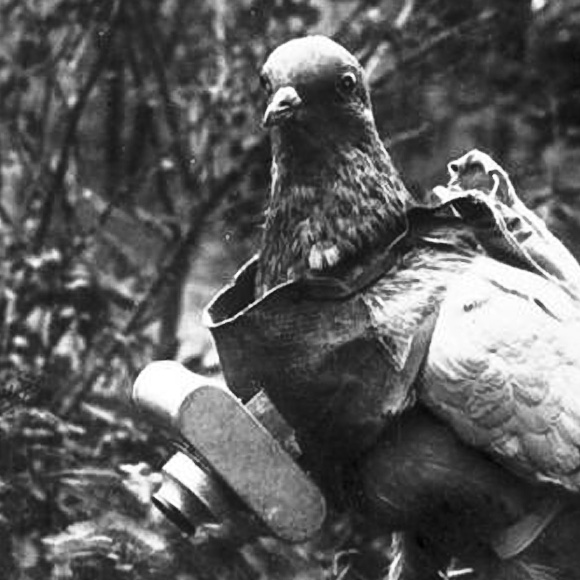
In February of 1942, a Royal Air Force Beaufort bomber returning from a mission over Norway was hit by German fire and ditched in the North Sea. The sea was freezing, and the men were unable to radio their position to receive help.
One of the passengers on the doomed aircraft was a pigeon named Winkie, who was let loose. Winkie flew one hundred and twenty miles to Broughty Ferry, a suburb of Dundee, Scotland, where she was found, covered in oil and completely exhausted, by her owner, George Ross.
Ross alerted the RAF, and they were able to determine the location of the crashed airplane by calculating Winkie’s arrival time with the approximate time of ditching and the wind direction. A rescue ship was launched, and the men were saved.
Winkie was awarded the Dickin Medal, a medal given to animals for “outstanding acts of bravery or devotion to duty displayed by animals serving with the Armed Forces or Civil Defense units in any theatre of war throughout the world.” Over thirty pigeons were awarded the medal for service during World War II.
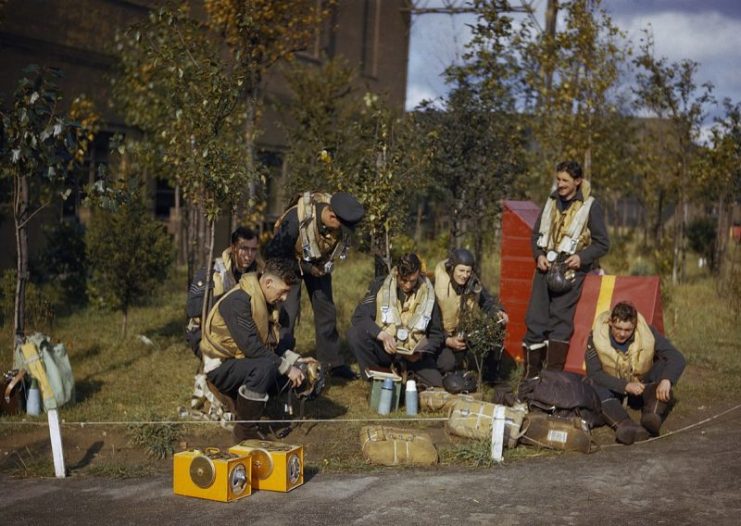
Another recipient of the Dickin Medal was a carrier pigeon called G.I. Joe who delivered a message stating that a town which the Allies had planned on bombing had been liberated by the British Army. Because of the message, over one thousand civilians and their property, as well as hundreds of soldiers, were spared.
In 1982, David Martin of Surrey was restoring a chimney in his 17th century home when pigeon bones fell out. One of the leg bones had a small capsule attached with a message inside. Two birds carrying the same message were dispatched in 1944 because of the urgency of the message but neither made it.
Martin’s home is located between Normandy and Bletchley Park, the home of a secret center for code breakers where Alan Turing broke the Nazi Enigma code. It is believed that the bird was released in Normandy with a secret D-Day related message for the codebreakers at Bletchley Park.
Martin turned the message over to Bletchley Park, now a museum, so they could interpret it. The publicity of the incident attracted the attention of journalist Gordon Corera, who has since written a book, Secret Pigeon Service: Operation Columba, Resistance, and the Struggle to Liberate Europe.
